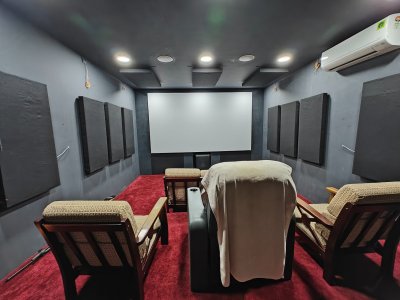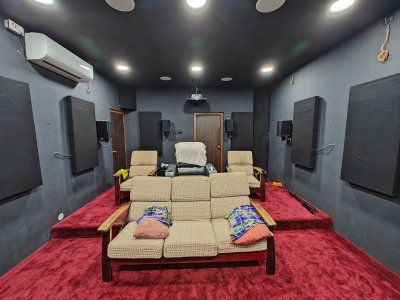Hi everyone,
I'm planning my first home theatre build and I've realized that choosing the right gear is only half the battle - getting the room setup and acoustics right seems just as important.
I could really use some beginner-friendly advice on:
• Ideal room layout and speaker placement
• Acoustic treatment options (DIY or store-bought panels, bass traps, etc.)
• Common mistakes to avoid in room design
• Tips on lighting, furniture placement, and cable management
The room I'll be using is around 400 sq ft and rectangular in shape. I want the best audio-visual experience I can get within my budget.
Would love to hear how you all approached your setups - photos, diagrams, or links to helpful guides would be amazing!
Thanks in advance!
I'm planning my first home theatre build and I've realized that choosing the right gear is only half the battle - getting the room setup and acoustics right seems just as important.
I could really use some beginner-friendly advice on:
• Ideal room layout and speaker placement
• Acoustic treatment options (DIY or store-bought panels, bass traps, etc.)
• Common mistakes to avoid in room design
• Tips on lighting, furniture placement, and cable management
The room I'll be using is around 400 sq ft and rectangular in shape. I want the best audio-visual experience I can get within my budget.
Would love to hear how you all approached your setups - photos, diagrams, or links to helpful guides would be amazing!
Thanks in advance!



